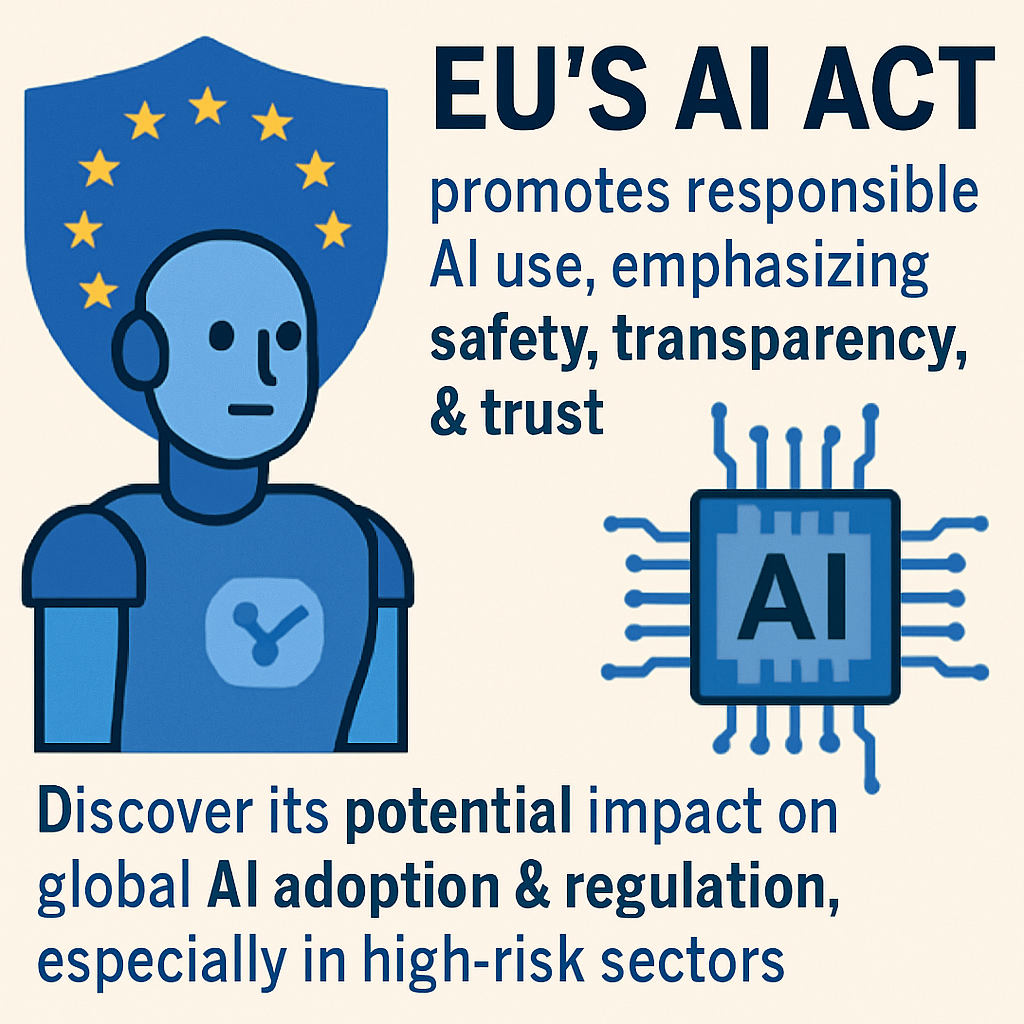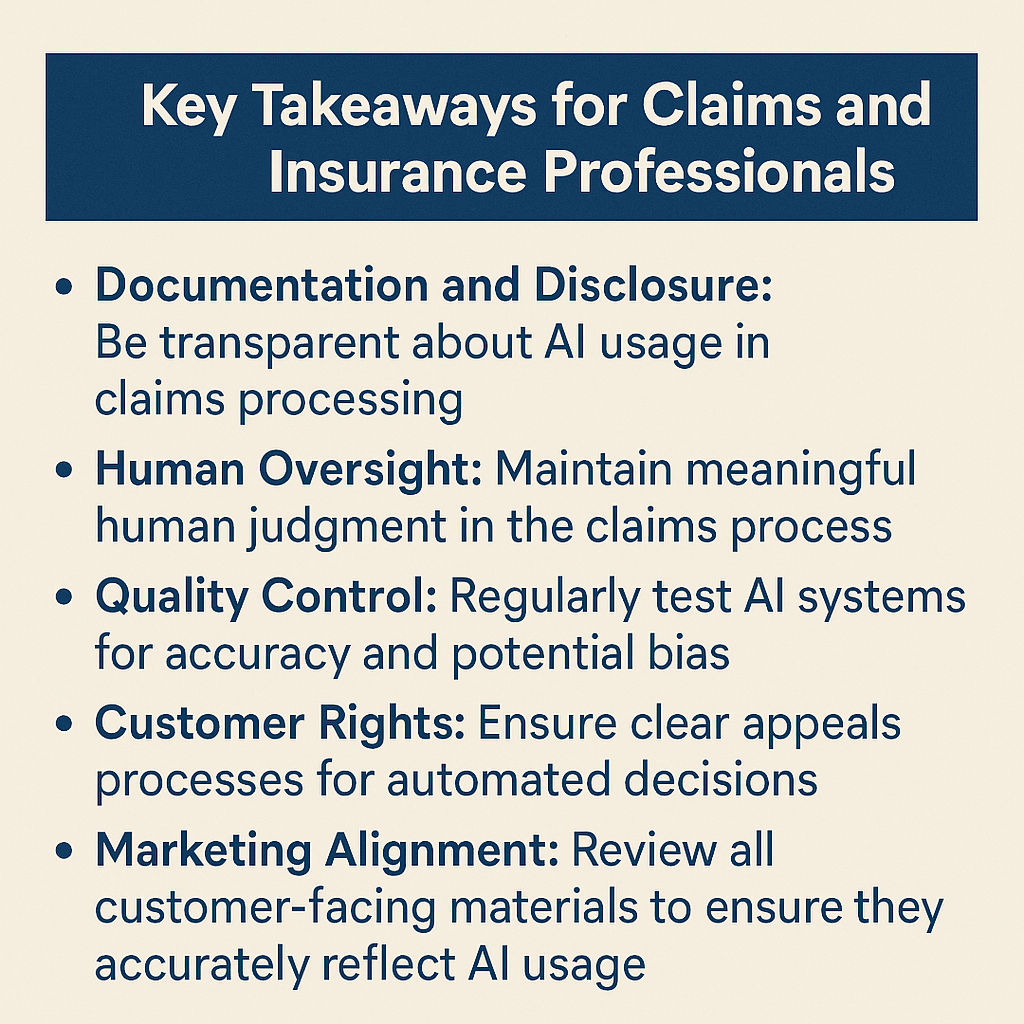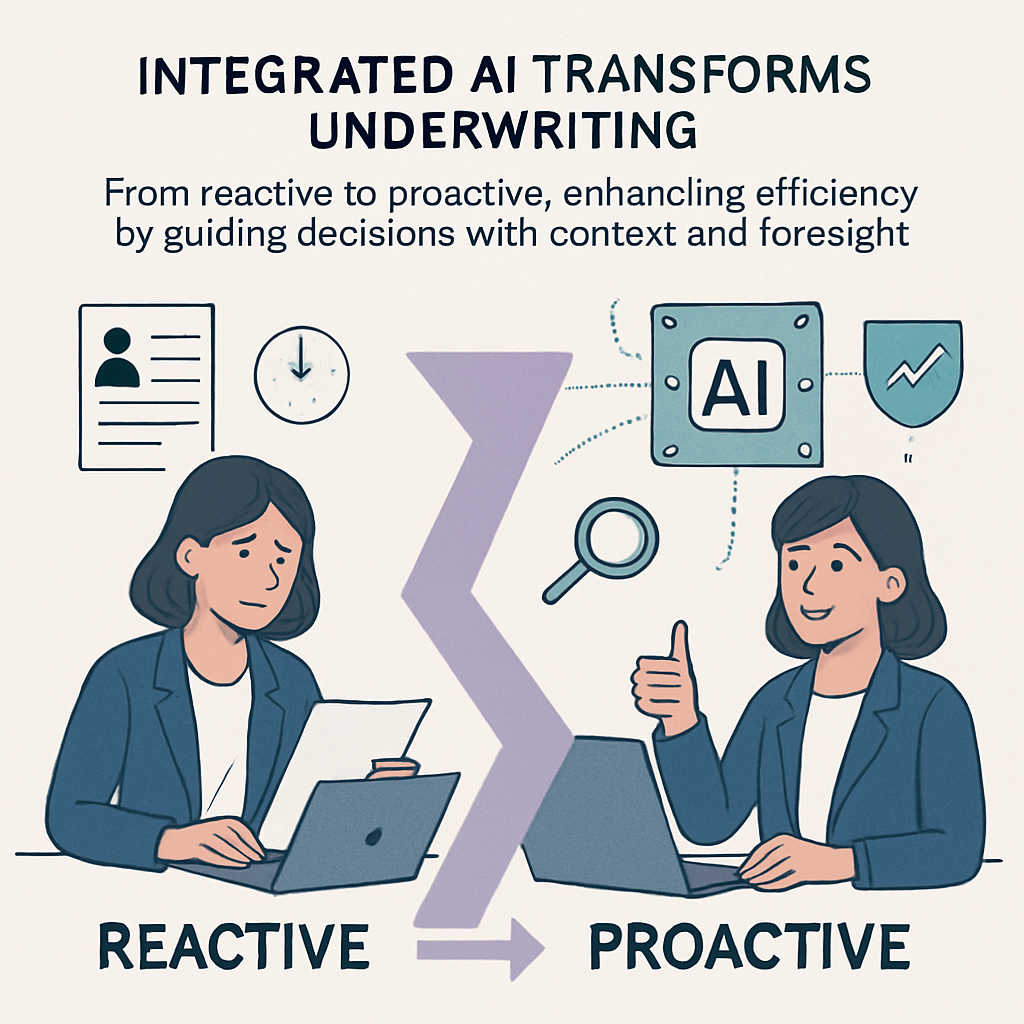1 min read
AI in Insurance Claims: Balancing Innovation with Legal Obligations
Concise summary of the key elements from "When Algorithms Deny: AI and the New Frontier of Bad Faith" (originally published on JDSupra by Cozen...
2 min read
.jpg) Nicholas Lamparelli
:
Oct 21, 2025 10:43:31 AM
Nicholas Lamparelli
:
Oct 21, 2025 10:43:31 AM

|
I received this email from Coursiv (an online AI educational platform) (beginning email) Hello, You know how we’ve been exploring AI tools and enjoying what they can do? There’s another side to that coin: making sure AI is used responsibly. I wanted to tell you about a major development that occurred in the European Union. In 2024, they passed a landmark law called the AI Act, which is basically the first big set of rules for AI anywhere in the world. Even if you’re not in Europe, this is likely to affect the AI products we all use. Why a law for AI? Here are a few key things the AI Act does, in simple terms:
I find it encouraging that governments are addressing the ethical and social impacts of AI. It means as we continue learning and using these tools, there’s an increasing safety net. It’s a big change, but a positive one to keep AI beneficial. (end email) Lamps 3:16
If the US follows a similar trajectory, insurance companies, given their critical role in individuals' lives, are highly likely to be deemed "high-risk." This designation would subject them to intensive scrutiny, potentially leading to a more cautious and sparing use of AI to avoid regulatory and litigation challenges. Furthermore, the concept of "autonomous" insurers heavily reliant on AI could face immense pressure from regulatory bodies, potentially muting some of the operational advantages they might otherwise achieve. |

1 min read
Concise summary of the key elements from "When Algorithms Deny: AI and the New Frontier of Bad Faith" (originally published on JDSupra by Cozen...

2 min read
Efficiency Isn’t Just About Speed Underwriting has always been about making decisions under pressure. Faster quotes. Quicker responses to brokers....

4 min read
This guest article from Friendly first appeared HERE Like many claims professionals, I had developed a trusted process over the years—structured,...